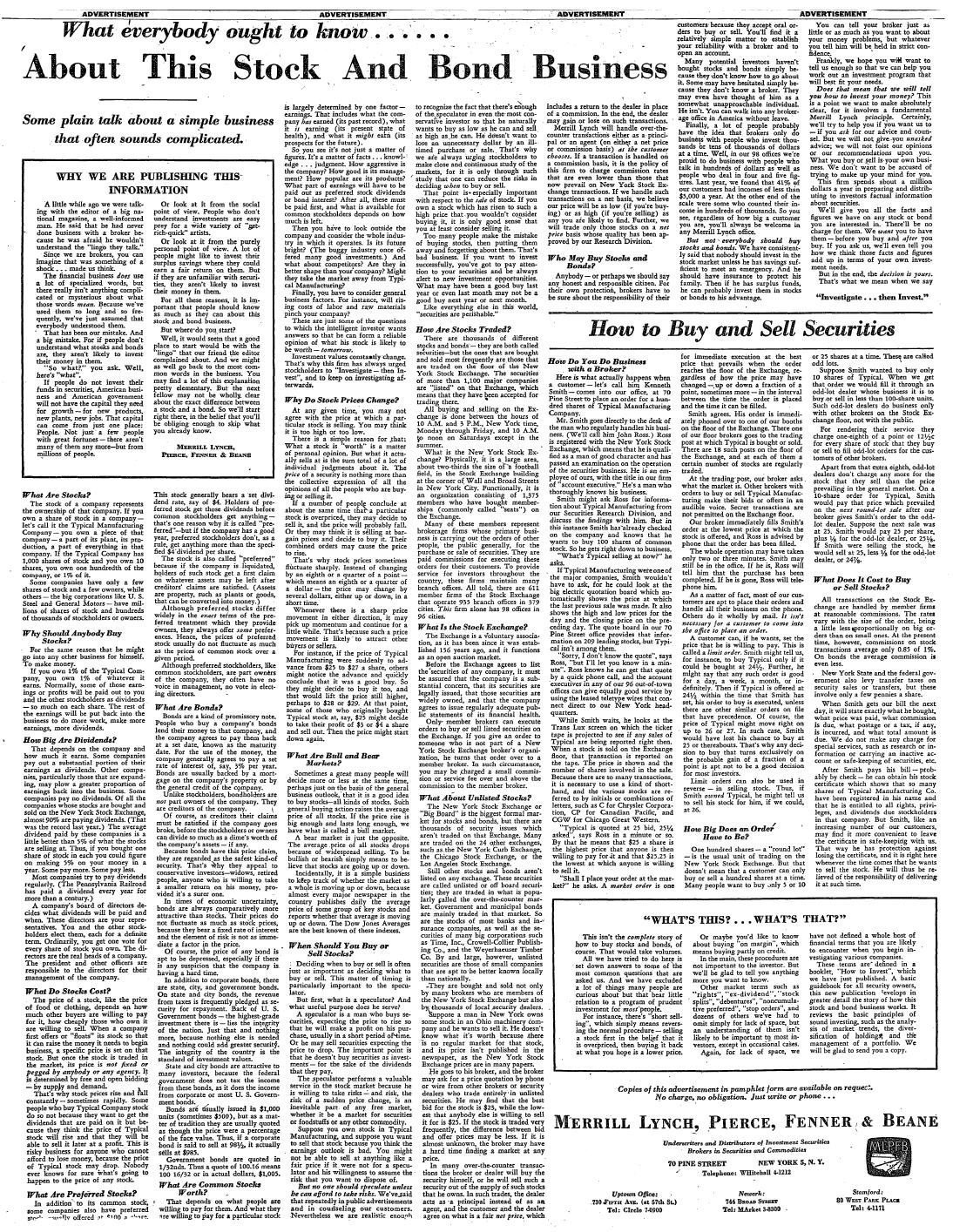Smart companies now market their services “under the radar” by publishing high quality content that their prospects can use to make a decision.
And if 2012 was the year of main-stream companies blogging, creating infographics and content-downloads, 2013 is the year of the video.
Large companies are not using video-marketing to increase sales and customer engagement. Just before Christmas, the Carphone Warehouse announced plans to create more online video tutorials to provide advice to customers researching phones.
Here are some questions to help you decide:
Can you help customers in the pre-purchase phase?
Carphone Warehouse know a lot of pre-purchase research done online. As much as 70% of their store purchases begin with research online.
As a result the company is actively targeting customers ahead of their purchase.
Companies often make the mistake of targeting their marketing at a much later stage, when customers know what they want and just need to pick a retailer for the purchase.
This is a missed opportunity to increase the reach of your marketing.
What is the pre-purchase phase in your business? Do customers spend time researching the solution in general before narrowing it down to a particular vendor?
In the B2B industry of software, many technology companies provide online video demonstrations because they know businesses spend time researching solutions before approaching vendors for proposals.
Creating video tutorials for this stage in the sales cycle puts your company front and centre in your prospect’s mind when picking suppliers for the short list.
Will your videos provide independent value?
Independent value means your videos have to be useful even if your customer never buys from you.
It’s what separates companies that have built large and engaged audiences, and companies that simply cannot get people to watch or share their videos.
In the Carphone Warehouse example, a video that simply sells the benefits of buying a particular model through the company will easily be detected as an advert.
Its credibility and trust in the content decreases.
Video-tutorials that focus on a range of phones suitable for international students, or the features you need if you’re interested in using the internet abroad are much more useful.
At the end of the video, you can provide a call to action to browse products on your site, but the promotion is secondary to the independent value.
Ignore the independent value rule and your prospects will ignore your marketing.
Can you disguise your advertising (for best results)?
Savvy consumers can smell advertising a mile off.
The recent uproar after media outlet The Atlantic made a huge mistake with native advertising shows what can happen if you under-estimate your audience’s awareness of what is and is not-advertising.
Some of the most famously successful advertising campaigns were based on long tutorials with no prominent offer.
The below advert looked like a regular informative article. It was used in the New York times and famously attracted 10,000 responses. The offer was buried deep in the copy.

Why did it work so well?
Well it embodies all of the above 3 points:
-
It targeted customers in the “pre-purchase” phase
-
It had independent value
-
It didn’t look like an advert
For more information on creating tutorial videos as part of your video-marketing campaign, contact us on 020-3286-4570 or email: hello (at) flycreative.co.uk
